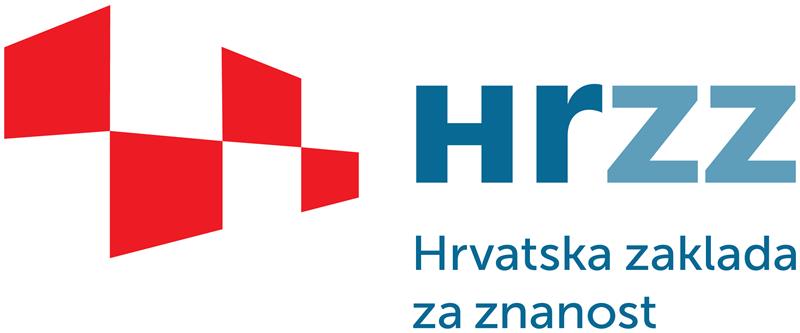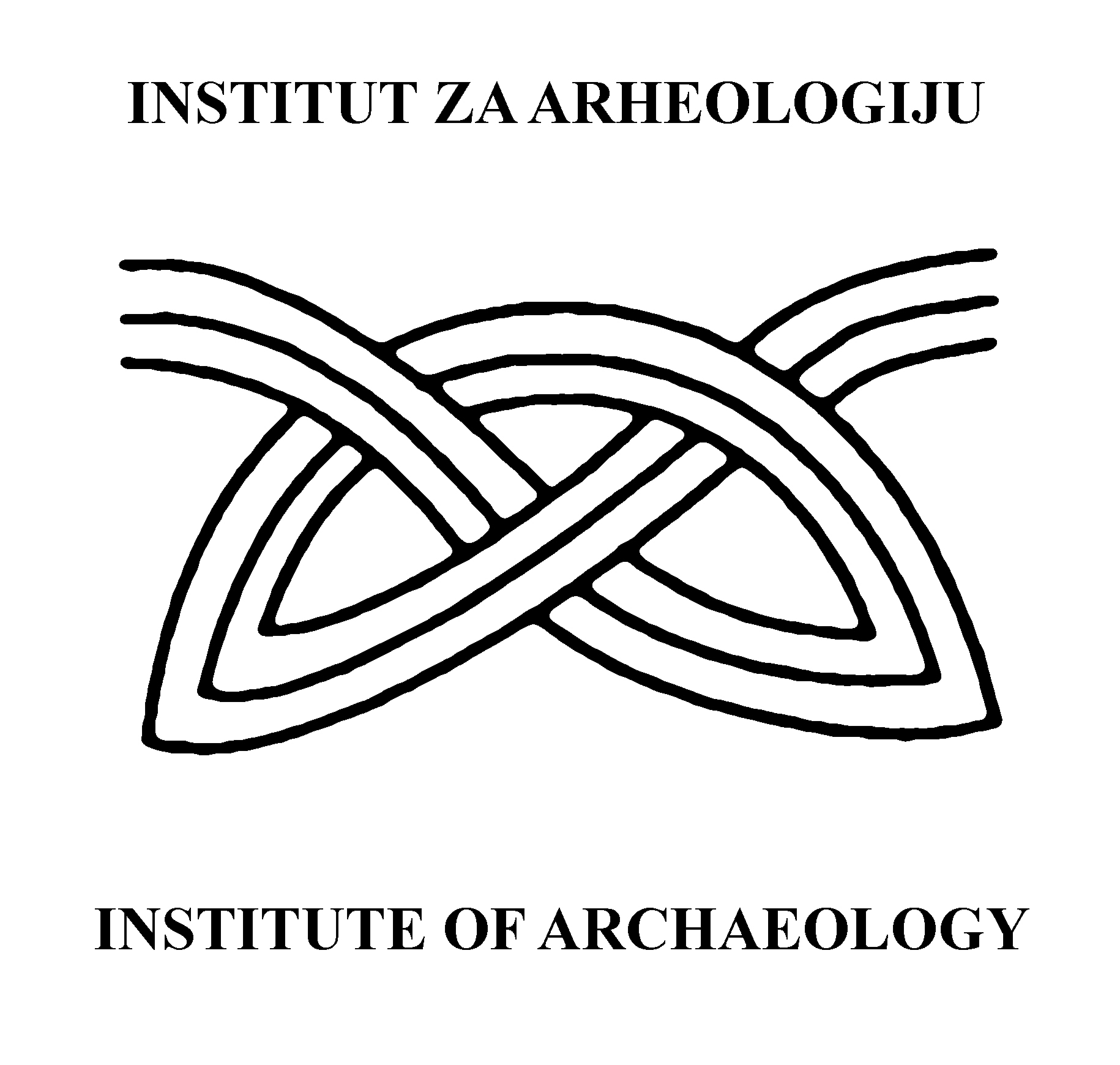milOrd
Development and Heritage of the Military Orders in Croatia
Research Projects
Croatian Science Foundation
(IP-2019-04)
The goal of the project is to carry out an interdisciplinary research of the military orders, primarily in the Croatian part of the Kingdom of Hungary and Croatia, by observing their development and transformation of their sites since their arrival in the middle of the 12th century until the arrival of the Ottomans and departure of the Knights Hospitaller. An attempt will be made to detect different presumed influences of the military orders on local societies.
In order to achieve this, a research team of scientists and experts from various scientific disciplines with extensive experience in the research of this subject was formed. The feasibility of the project is significantly influenced by the fact that archaeological research on which the project is based was led by the members of the project team (Juraj Belaj, Marko Meštrov, Marija Mihaljević and Ratko Ivanušec), while other members participated in them (Siniša Krznar, Filomena Sirovica, Dinko Tresić Pavičić and Sebastijan Stingl). Other associates were also carefully selected as members of the research team based on their experience in: grave and skeletal sample analysis (Željka Bedić), analysis of grave finds, fortresses and ceramics from the observed period (Tatjana Tkalčec and Siniša Krznar) and establishing systems for collecting, storing and processing data in a digital environment (Dinko Tresić Pavičić, Filomena Sirovica). Art historians included in the project analysed the architecture of the military orders on a number of occasions (Ratko Ivanušec and Iva Papić), while historians are distinguished Croatian and Hungarian experts on the subject (Marija Karbić and Zsolt Hunyadi). Renata Šoštarić is a leading Croatian expert on archaeobotanical analyses. With their knowledge and competencies, as well as their openness to interdisciplinary approach to the subject, the members of the project team guarantee a sustainable approach and successful implementation of project goals. The project will provide new insights to the doctoral student involved in the project by giving him/her the opportunity for interdisciplinary development.
In the scientific research of the military orders in Croatia, so far the subject has mostly been approached from the perspective of a single academic discipline, usually history, archaeology or art history. Certainly, the insights of other disciplines were used, but without immediate and targeted collaboration with precisely defined tasks, with a few rare exceptions. One of the primary goals of the project is to obtain new insights by means of efficient collaboration and synergy between professionals and scientists from various disciplines. Our intention is to approach the subject of the military orders, their activities, influence on society and the development of their sites in an interdisciplinary manner, by tracking transformations in the repertory of different categories of movable and immovable finds and objects from the selected researched sites in particular: Gora, Ivanec, St Martin at Prozorje, Gradišče near Margečan, Pakrac, Račeša and Vrana. We intend to achieve this by conducting parallel research on multiple levels: analyses of historical sources, archaeological finds from various contexts, remains of architecture and other art historical sources, skeletal remains from graves and soil samples. The selected samples will be sent for radiocarbon dating and stable carbon and nitrogen isotope analyses. During the entire course of the project, the members of the research team will exchange their discoveries and thereby complement their results. They will be greatly assisted by a carefully designed database in which all collected data will be included. In the project, the research focus will be on the transformation of different categories of finds, including the “usual” finds which are not typical for the military orders, by observing them in the context of the heritage of the military orders. The processes of transformation of the sites of the military orders will be explored in the moment of their arrival, during their stay and after their departure. Comparative methods will be used to examine whether it is possible to establish that the presence of the military orders in a particular community affected the formation of identity and even whether those processes, among other things, can be tracked even after their departure, through adopting certain symbols, i.e. through survival or assuming of traditions concerning their presence. An attempt will be made to examine how intense the contacts of the military orders with local, regional and international communities were. Investigating the social role of the military orders will be the focus of the project during the entire time of its duration because they were a foreign element with international experience which eventually fit into the social life of the period as a respectable factor.
Some of the questions which will be addressed are: Can the innovations which are presumed to be brought to the observed area by the military orders and their influence on the life of their subjects be identified based on historical, archaeological, biological anthropological and archaeobotanical data and the remains of architecture and artwork? Is their influence any different than that of other social factors, such as church orders and aristocracy? Is it possible to determine how they influenced the local economy? We believe that the planned interdisciplinary approach will significantly contribute to the current knowledge about the military orders, not only in Croatia, but also internationally.
Scientific goals are set within four main groups:
(1) Sorting, systematisation and classification of the existing material and data on researched sites.
(2) Complementing the data by means of field documenting of the sites (field surveys, trial excavations, photo-documenting, surveys and blueprints) and archival research: the available sample will further be expanded with planned research of the sites of the military orders. An important step in obtaining additional data is a field survey of all known remains of military orders architecture in Croatia as well as visits to museums and private collections for the purposes of examining the potential material from the military orders sites. Historians and art historians will investigate their sources and interpret them. A trial excavation of the Gradišče fortress will be carried out and new insights, finds and samples yielded by other planned research funded from other sources will be also used in the project.
(3) Processing and analysis of data and samples. The diversity within archaeological data will be explored based on detailed context analysis on several levels, by employing diachronic approach which is exceptionally important in the project.
(4) Comparison with other researched sites in the region from which the published data on comparable finds and samples come from will also be very significant for studying various aspects of the subject. Comprehensive interdisciplinary interpretation will be based on the data collected in the databases.
The dissemination of knowledge is planned during the entire course of the project, including a number of lectures at national and international conferences and publication of papers in peer-reviewed scientific journals, organising an international conference, organization of the workshop about the military orders in Croatia at the Municipal Museum Nova Gradiška and the publication of an e-monograph with project results. Information on the conducted activities will continuously be posted on this website.
The project will deepen the existing and provide new insights on the scarcely researched military orders in the observed area: it will expand our knowledge about the quantity and qualitative features of their material remains, their influence on local communities and local culture and about the transformations of military orders and their sites, thereby enabling us to define their heritage more clearly. Taking into account the international character of the theme, we believe that the impact of the research will surpass national boundaries. Although deployment of military orders heritage for the purposes of tourism is not the focus of the project, it is important to emphasise that this project will create solid foundations for future consideration in this direction. They could easily serve as a basis for different sections of a potential future cultural route which could, as a complete tourism product, contribute to local communities.




